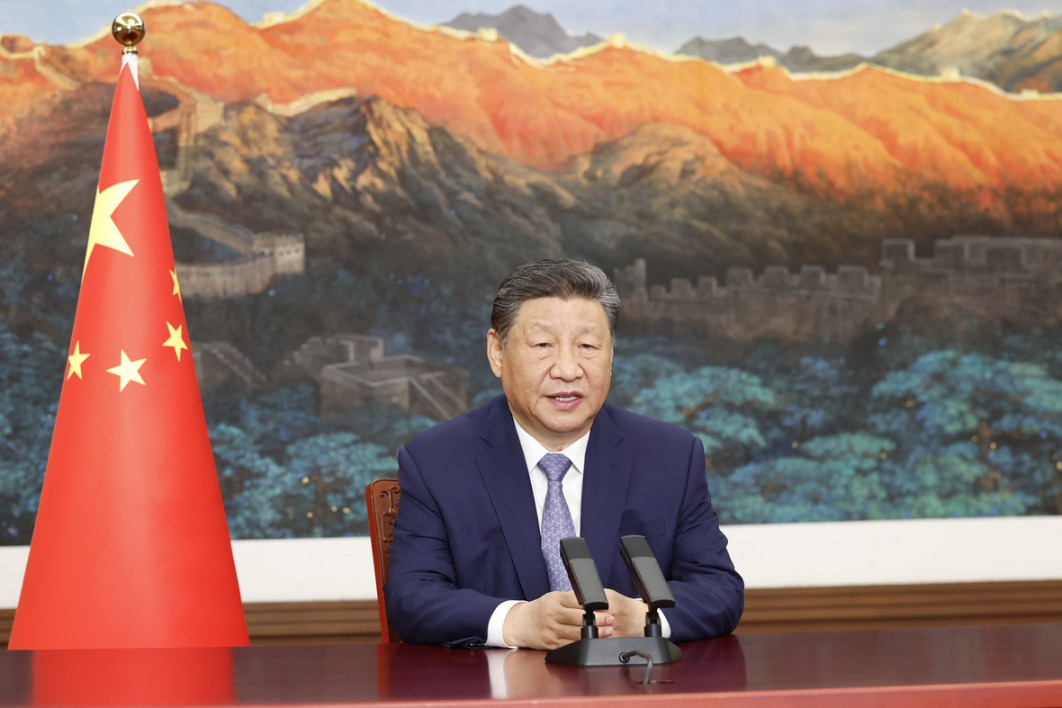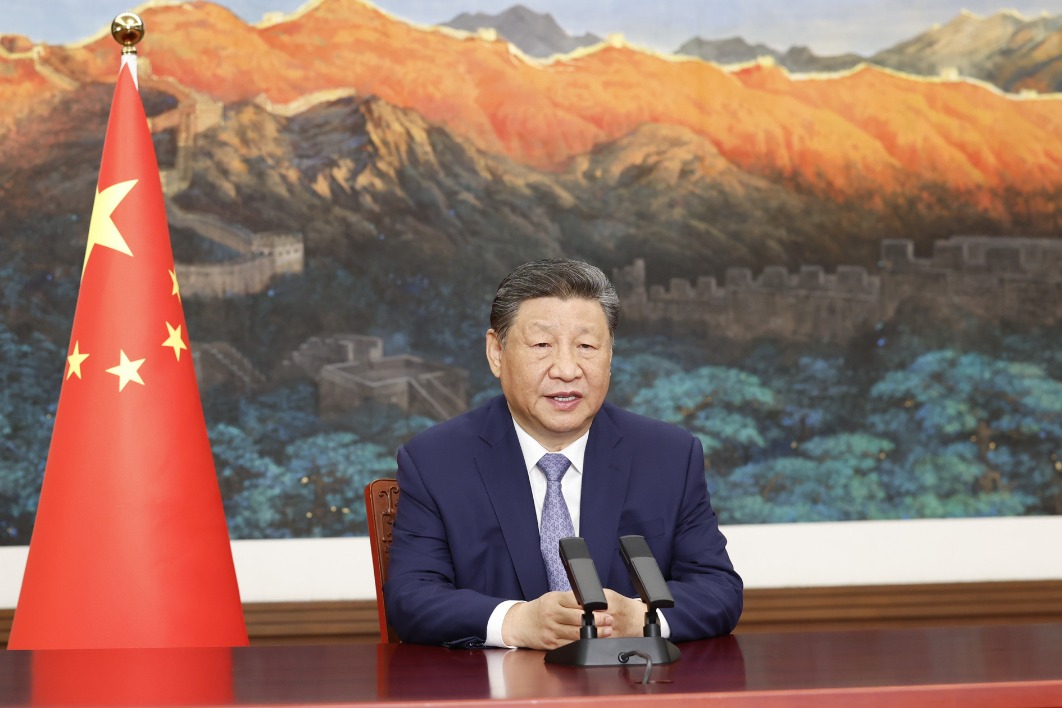Cargo jets into new frontiers


At a State Council meeting in March 2020, the central government pledged various initiatives to strengthen international air freight capacity. They include policy measures that aim to encourage aviation companies to purchase or rent more cargo flights; relaxing restrictions of cargo airlines' operation time; and establishing information sharing platforms among logistics parties.
Mao said the favorable policy environment will help Shenzhen airport unleash greater potential in its freight business. But he stressed the need for coordinated development as a cluster with nearby counterparts in the Guangdong-Hong Kong-Macao Greater Bay Area.
Shenzhen airport saw a higher growth rate in cargo business than Guangzhou and Hong Kong, but its business volume still trails that of the two cities.
Some cargo business has shifted from Hong Kong airport to Shenzhen under the pandemic, according to Zhang, the airport cargo center manager in Shenzhen. Previously, a considerable part of domestic goods was transported to Hong Kong airport for export via Shenzhen. Due to the anti-pandemic restrictions in cross-border cargo delivery, some international express companies and airlines, such as DHL, have diverted part of their businesses to Shenzhen airport, Zhang said.
Mao suggested that airports differentiate their strengths and coordinate the planning of international airlines and commodity categories, as well as cooperation with aviation companies.
For example, if Shenzhen airport can make a head start in cold-chain delivery, Mao reckons the airport should further upgrade its expertise and capacity in this area into a pivotal business.
He also emphasized the importance of further simplifying procedures of transferring goods among airports, especially between Hong Kong airport and those on the mainland; and improving land transportation connecting them, such as opening up more fast tracks for cargo transportation.























